In Italy, the "green revolution" is already a reality. The changes that have made us into ecomodernists.
In recent years, we have seen a large number of clothing collections created in a short space of time, which are labelled as "green", "eco" or something similar.
Every day we hear more about sustainable, conscious fashion, but the truth is that it is very difficult for consumers to navigate the sea of information they come across, especially online.
In November 2019, the Oxford Dictionary chose "Climate Emergency" as the word of the year, emphasising the importance of this topic - no longer just one of our global problems, but definitely the most urgent of our time.
In parallel, Google Trends, the service from the American giant that monitors growing trends in searches by users all over the world, recorded a surge in keywords relating to ethical fashion in the same year, which then significantly increased in following years.
Indeed, the clothing sector is notorious for being one of the industries with the biggest impact of all, from both an environmental and a social point of view.
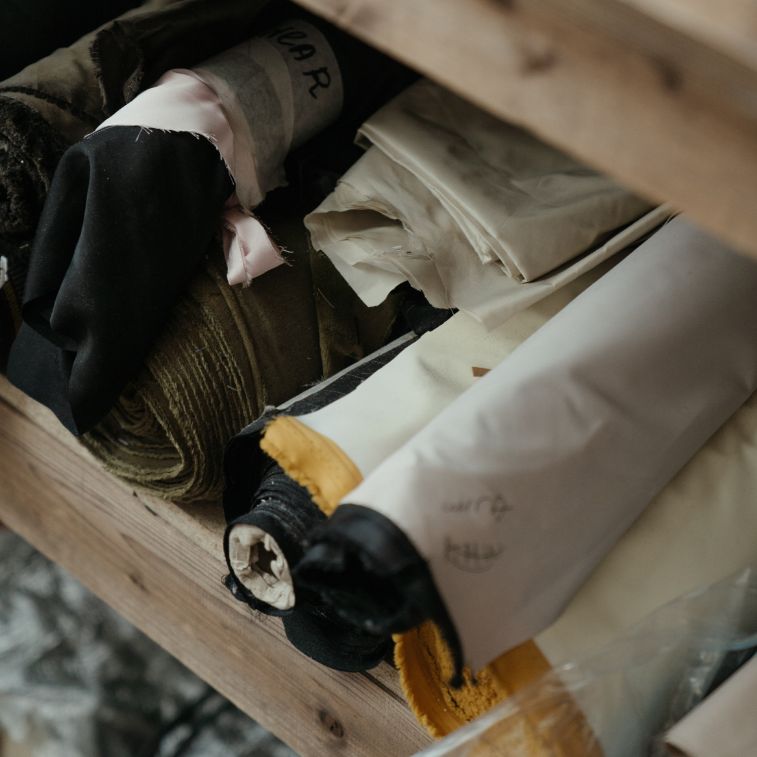
Although interest in these topics is growing exponentially, it is not easy to find our way in the midst of all the new offerings on the market.
One issue in particular makes this process quite difficult: greenwashing.
This term defines deceptive marketing campaigns that aim to create the perception of a brand that is very attentive to environmental issues, when in fact this is not reflected in their production practices.

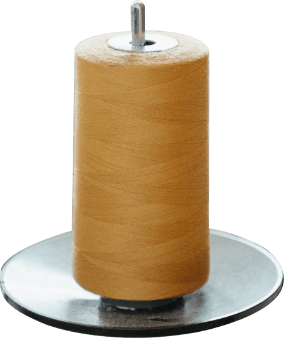
While on one hand, there are many brands trying to create a "green" image, on the other, the awareness of the average consumer regarding such matters is changing, especially in the younger generations: Millennials and Gen Z.
It is precisely because of this growing demand that many brands now offer garments that really are produced with respect for the environment and workers, trying to minimise CO2 emissions as much as possible throughout the supply chain, and communicating their commitment with transparency.
In parallel, technological and scientific innovations are giving us access to innovative materials that provide alternatives to those generally considered to have the biggest impact.

Therefore, although we can find ourselves bewildered by a change of such size and speed, it is important to consider the great power consumers have at the moment.
Just as it happened in the past in the food sector, when a slower approach to food started to grow in popularity, with people considering what it really contained and raising questions with companies, the next step is the extension of the same mechanism into the fashion sector.
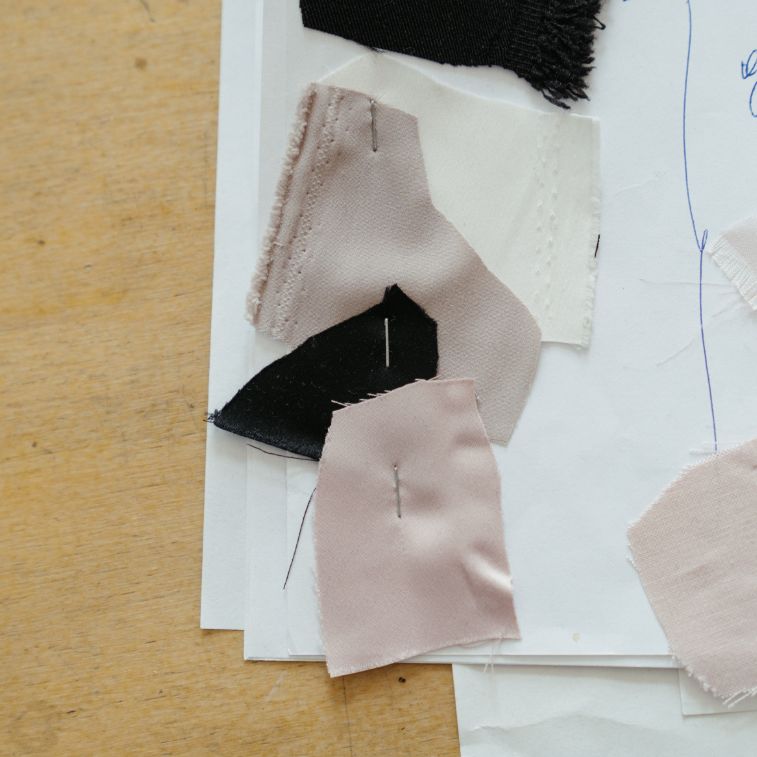
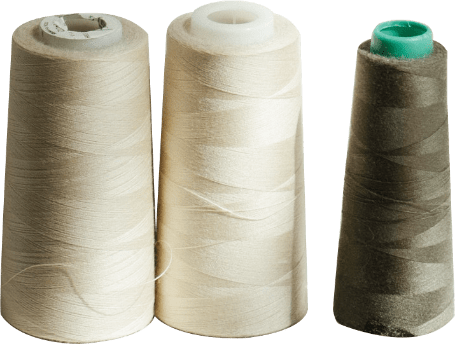
Starting to interrogate ourselves on how, where and in what conditions the clothes we wear are made is definitely the first, big step; the next one is to put major brands in the position where they have to answer these questions.
A simple action that is within reach of everyone, and often undervalued, is reading the label and familiarising ourselves with fibres, origins and certifications.
But above all, an ethical, low-impact wardrobe doesn't require great effort or investment, because the most sustainable clothes are those we already own: let's repair them, extend their life, take care of them.
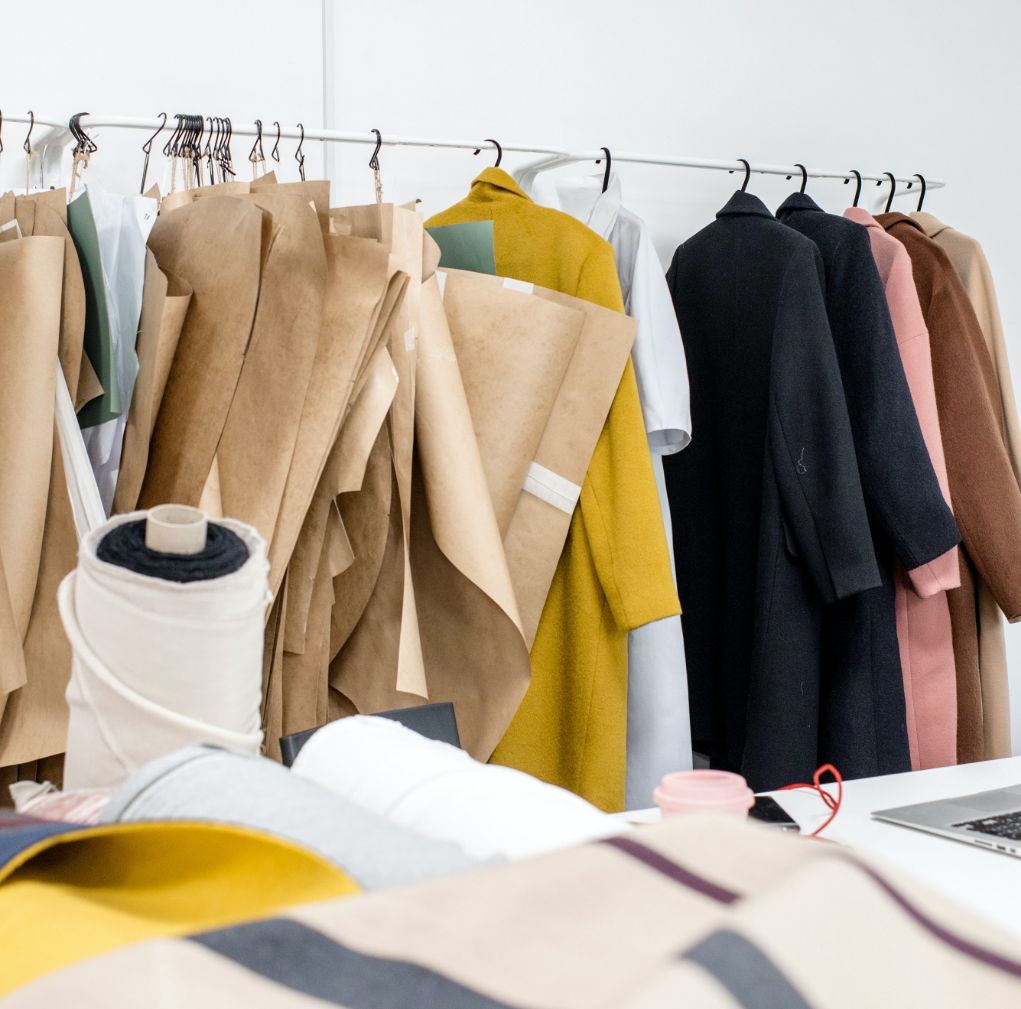
Images Credits:
- Ph_Igor_Temenon
- silvia_gigliFoto
In Italy, the "green revolution" is already a reality. The changes that have made us into ecomodernists.
New horizons. An example of how to pursue sustainability through new languages, from publishing projects to actions to defend the planet.
